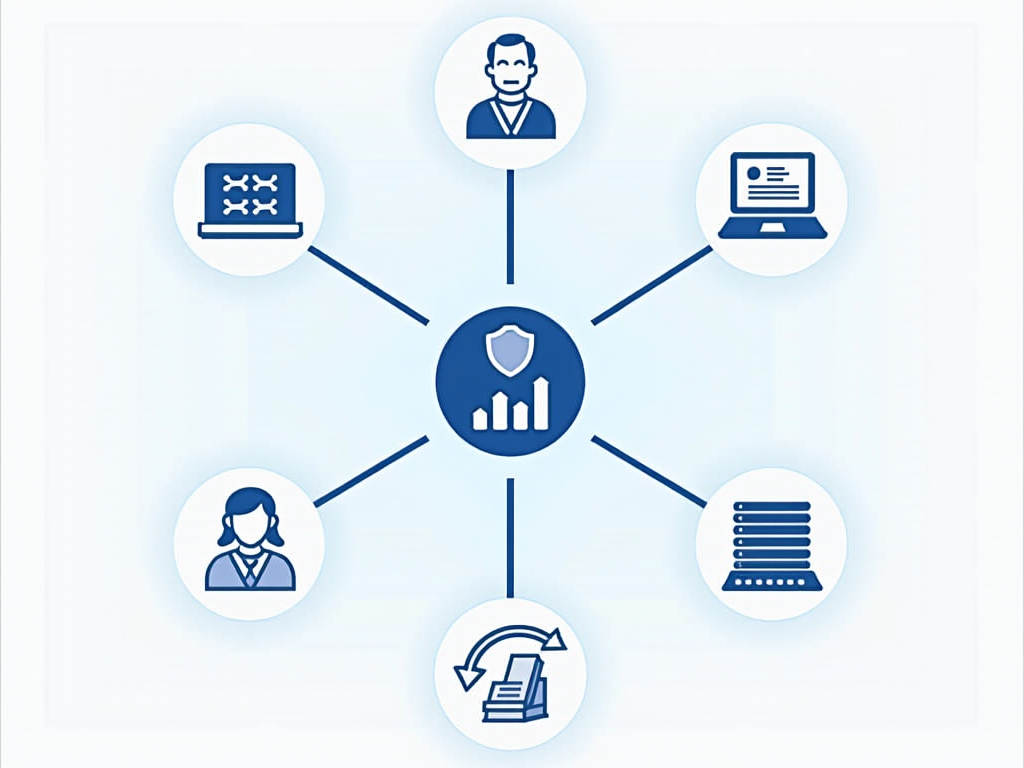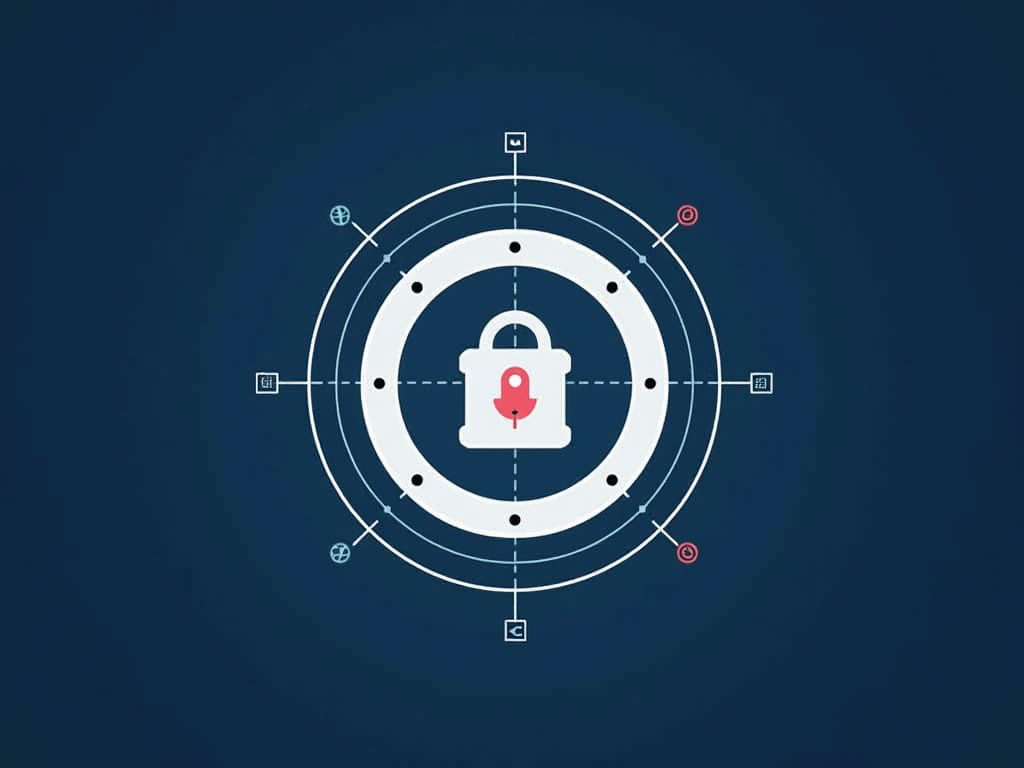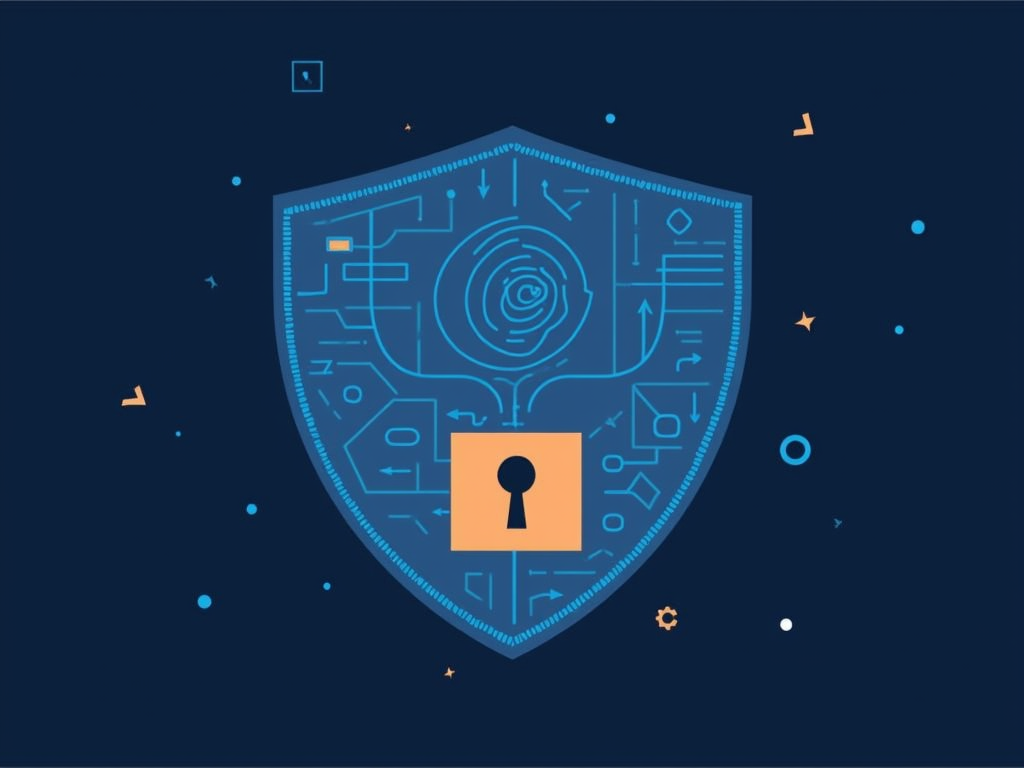How to Manage Privileged Access for Better Network Security
In today’s digital age, network security is more crucial than ever. One of the most significant threats to network security is privileged access management (PAM). PAM refers to the process of managing and controlling access to sensitive systems, applications, and data by privileged users, such as administrators, IT staff, and other personnel who require elevated privileges to perform their jobs.
Why Privileged Access Management Matters
Privileged accounts are a significant attack vector for cybercriminals. These accounts offer unparalleled access to an organization’s most valuable assets, including sensitive data, intellectual property, and critical systems. If left unmanaged, privileged accounts can be exploited by malicious actors, resulting in devastating consequences.
The Risks of Unmanaged Privileged Access
Unmanaged privileged access can lead to:
- Data breaches: Malicious attackers can gain access to sensitive data, such as financial information, intellectual property, or personally identifiable information (PII).
- System compromise: Attackers can use privileged accounts to compromise critical systems, such as servers, applications, and networks.
- Lateral movement: Attackers can move laterally within the network, gaining access to additional systems and data.
Best Practices for Managing Privileged Access
To mitigate these risks, organizations should implement best practices for managing privileged access. Here are some strategies to get you started:
1. Implement a Privileged Identity Management (PIM) Solution
A PIM solution helps manage and control privileged identities by providing features such as:
- Privileged account discovery: Identify all privileged accounts within the organization.
- Account monitoring: Monitor privileged account activity in real-time.
- Access control: Control access to sensitive systems, applications, and data based on user role or privilege level.
- Auditing: Log all privileged account activity for auditing purposes.
2. Implement Multi-Factor Authentication (MFA) for Privileged Accounts
MFA adds an extra layer of security by requiring users to provide two or more forms of authentication in addition to a password. This makes it much harder for attackers to gain access to privileged accounts using stolen credentials.
3. Limit Privileged Account Permissions**
Limit privileges only to the minimum necessary to perform job functions. This reduces the attack surface and minimizes damage in case of a breach.
4. Implement Least Privilege Principle**
Grant users the least privilege necessary to complete their tasks, rather than granting excessive privileges that can be exploited by attackers.
5. Monitor and Audit Privileged Account Activity**
Regularly monitor and audit privileged account activity to detect and respond to potential security incidents.
6. Educate Users on Best Practices**
Educate users on best practices for managing and securing their own privileged accounts, such as:
- Using secure authentication protocols
- Enabling MFA
- Keeping passwords strong and unique
- Reporting suspicious activity
Conclusion
In conclusion, managing privileged access is a critical component of network security. By implementing PIM solutions, MFA, limiting privileges, enforcing least privilege principles, monitoring and auditing activity, and educating users on best practices, organizations can significantly reduce the risk of attacks and data breaches.
Remember, it’s not just about securing your organization’s assets – it’s also about protecting sensitive information and maintaining trust with customers, partners, and stakeholders. By prioritizing privileged access management, you’ll be taking a crucial step towards achieving better network security and minimizing potential risks.



